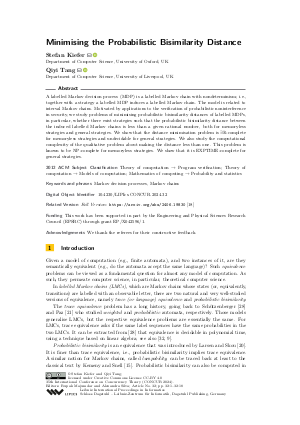LIPIcs.CONCUR.2024.32.pdf
- Filesize: 0.82 MB
- 18 pages

 Creative Commons Attribution 4.0 International license
Creative Commons Attribution 4.0 International license


















Feedback for Dagstuhl Publishing